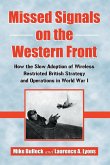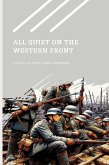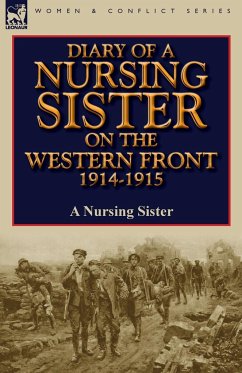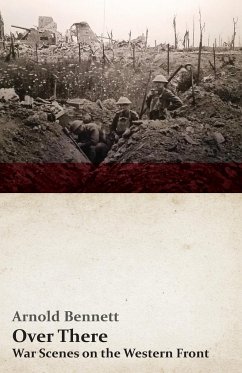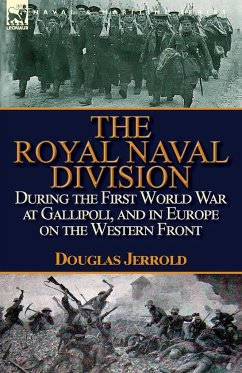World War I is regarded as the first modern war, driven by fearful new technologies of mechanized combat. The unprecedented carnage rapidly advanced military medicine, transforming the nature of wartime caregiving and paving the way for modern nursing practice. Drawing on firsthand accounts of American nurses, as well as their Canadian and British counterparts, historian Paul E. Stepansky describes nurses' encounters with devastating new forms of injury--wounds from high-explosive artillery shells, poison gas burns, "shell shock," the Spanish Flu. Comparing nursing practice on the western front with nursing care during the American Civil War, the Spanish-American War, and the Anglo-Boer War, the author is especially attentive to the emergent technologies employed by nurses of the Great War.
Hinweis: Dieser Artikel kann nur an eine deutsche Lieferadresse ausgeliefert werden.
Hinweis: Dieser Artikel kann nur an eine deutsche Lieferadresse ausgeliefert werden.


